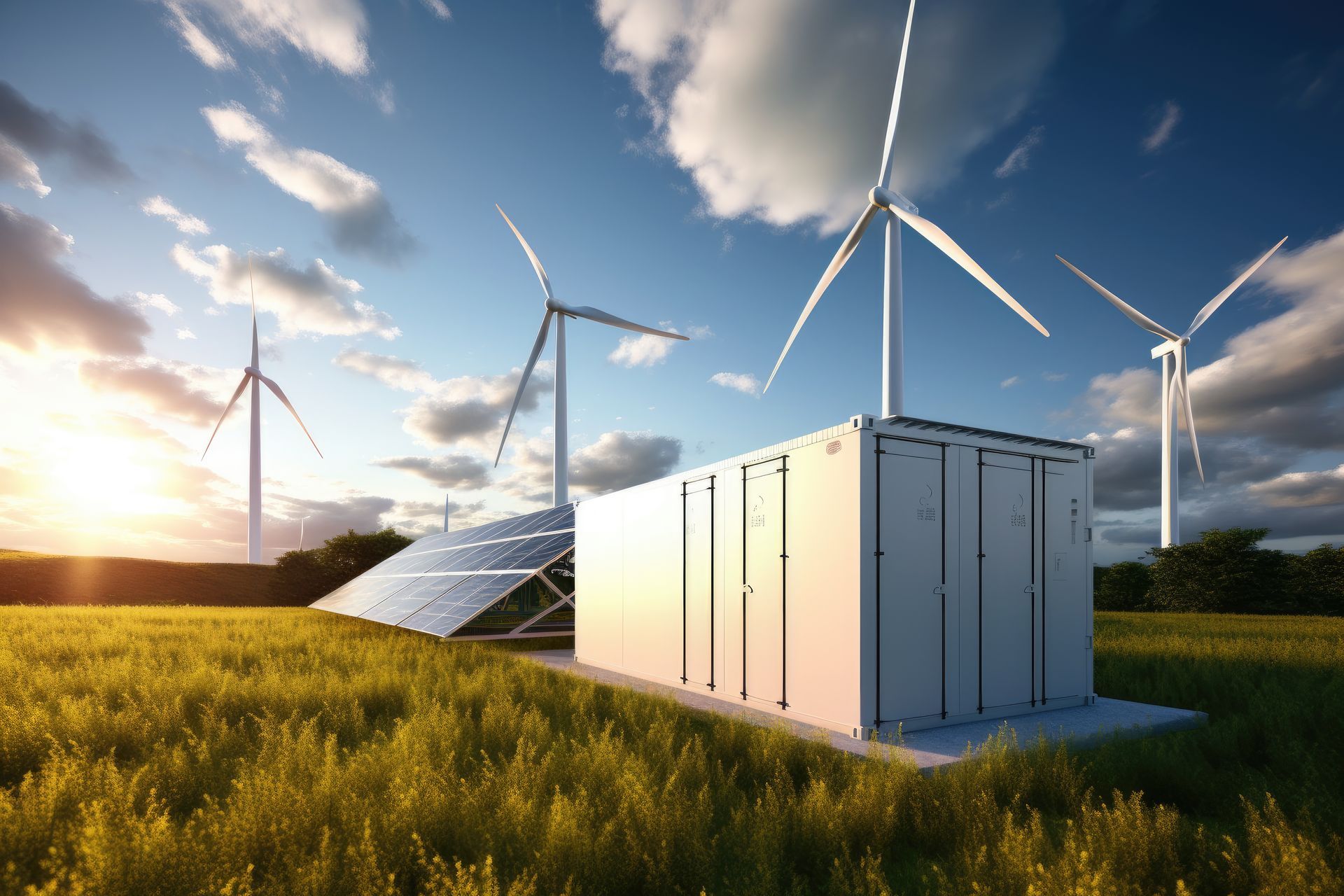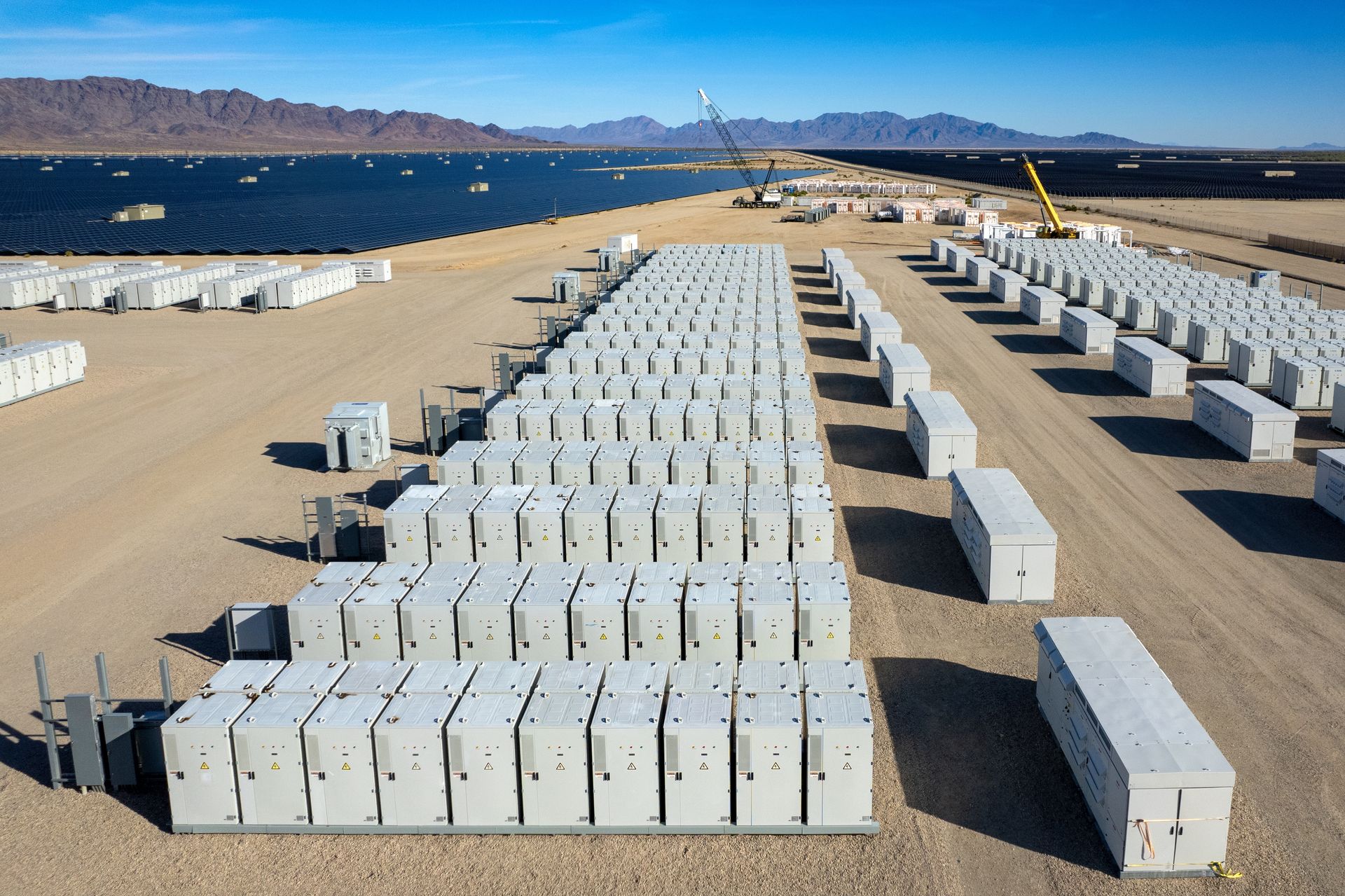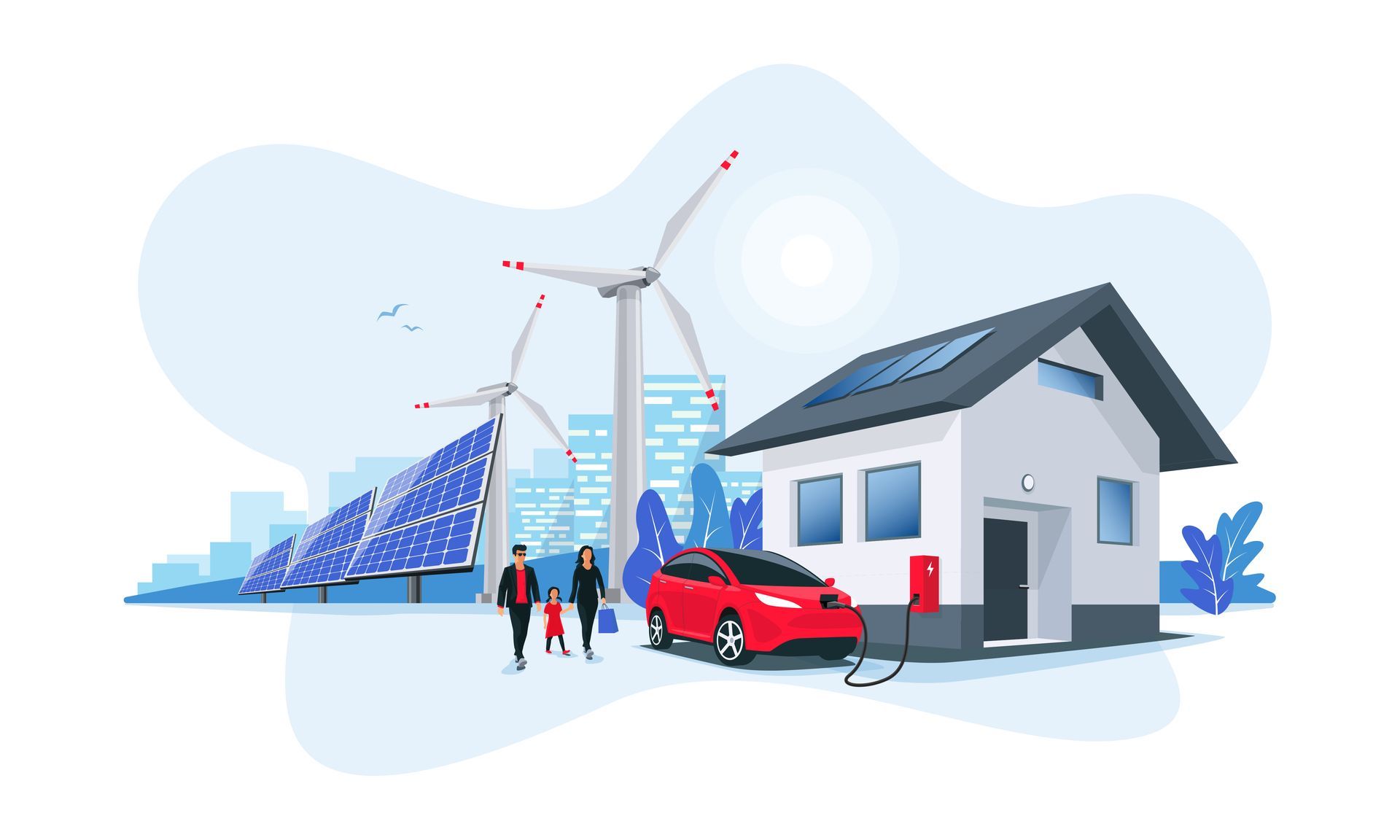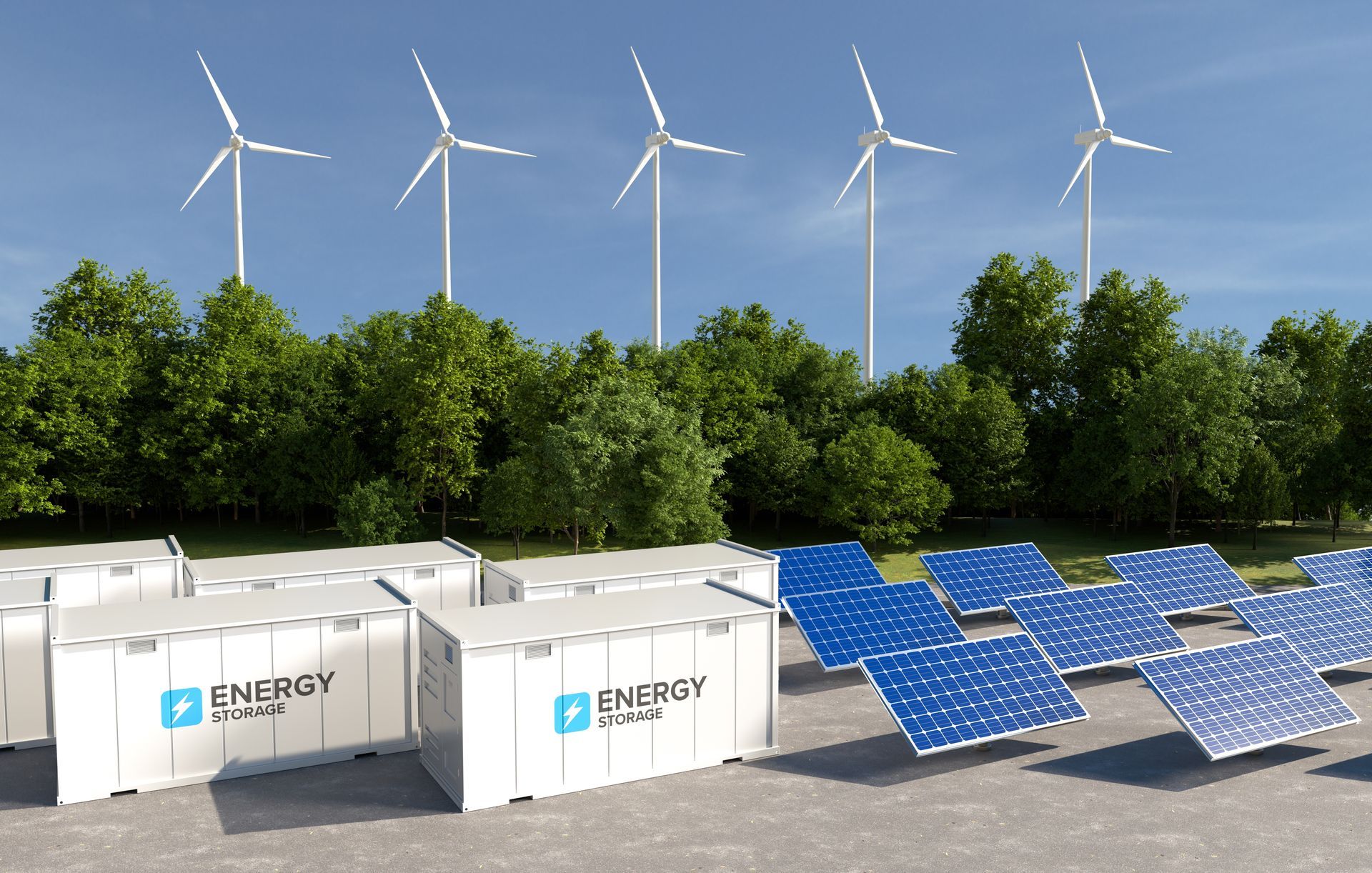Federal Clean Economy Tax Credits Offer Major Incentives for Sustainable Business Investments
Canada's net-zero 2050 strategy is being advanced through five pivotal investment tax credits (ITCs), offering substantial financial incentives for clean technology adoption. These ITCs are designed to encourage businesses to invest in clean energy, technology, and infrastructure by offering refundable credits on qualifying expenditures. Available exclusively to taxable Canadian corporations, these credits provide direct financial benefits, regardless of whether the company has taxes owing. By reducing the cost of adopting green technologies, the ITCs make sustainable investments more accessible and attractive for businesses across various sectors.
One of the most significant advantages of these ITCs is their focus on different stages of the clean economy supply chain. The Clean Technology ITC offers a 30% credit for investments in renewable energy equipment, such as wind, solar, and geothermal systems, as well as zero-emission vehicles. Meanwhile, the Clean Technology Manufacturing ITC supports producers of clean energy equipment and critical minerals, further strengthening domestic supply chains. Additionally, the newly introduced EV Supply Chain ITC provides a 10% credit for buildings used in electric vehicle production, incentivizing large-scale manufacturing projects. These credits not only lower upfront costs but also enhance Canada’s competitiveness in the global green economy.
Another major benefit is the Clean Electricity ITC, which offers a 15% credit for investments in non-emitting power generation and transmission infrastructure. Unlike other ITCs, this credit is available to certain tax-exempt entities, including Indigenous communities and pension plans, broadening participation in clean energy projects. The inclusion of emissions-abated natural gas systems—subject to strict environmental standards—ensures flexibility while maintaining sustainability goals. By supporting both renewable energy and necessary grid upgrades, this ITC helps businesses and public institutions transition to cleaner power sources without compromising reliability.
The Clean Hydrogen ITC and Carbon Capture, Utilization, and Storage (CCUS) ITC further diversify the incentives available. The hydrogen credit ranges from 15% to 40%, depending on carbon intensity, while the CCUS credit targets emissions reduction in industrial processes. Both require compliance with rigorous environmental standards and reporting, ensuring accountability. However, the financial incentives can significantly offset the costs of cutting-edge technologies, making them viable for businesses aiming to reduce their carbon footprint.
Overall, Canada’s clean economy ITCs provide substantial advantages for businesses, from cost savings to enhanced competitiveness in sustainable industries. By leveraging these credits, companies can accelerate their adoption of green technologies while contributing to national climate goals. Supported by the CRA’s clear eligibility standards, businesses can capitalize on these incentives to drive both profitability and sustainability outcomes. As these incentives evolve, they will play a crucial role in shaping a cleaner, more resilient economy for future generations.










